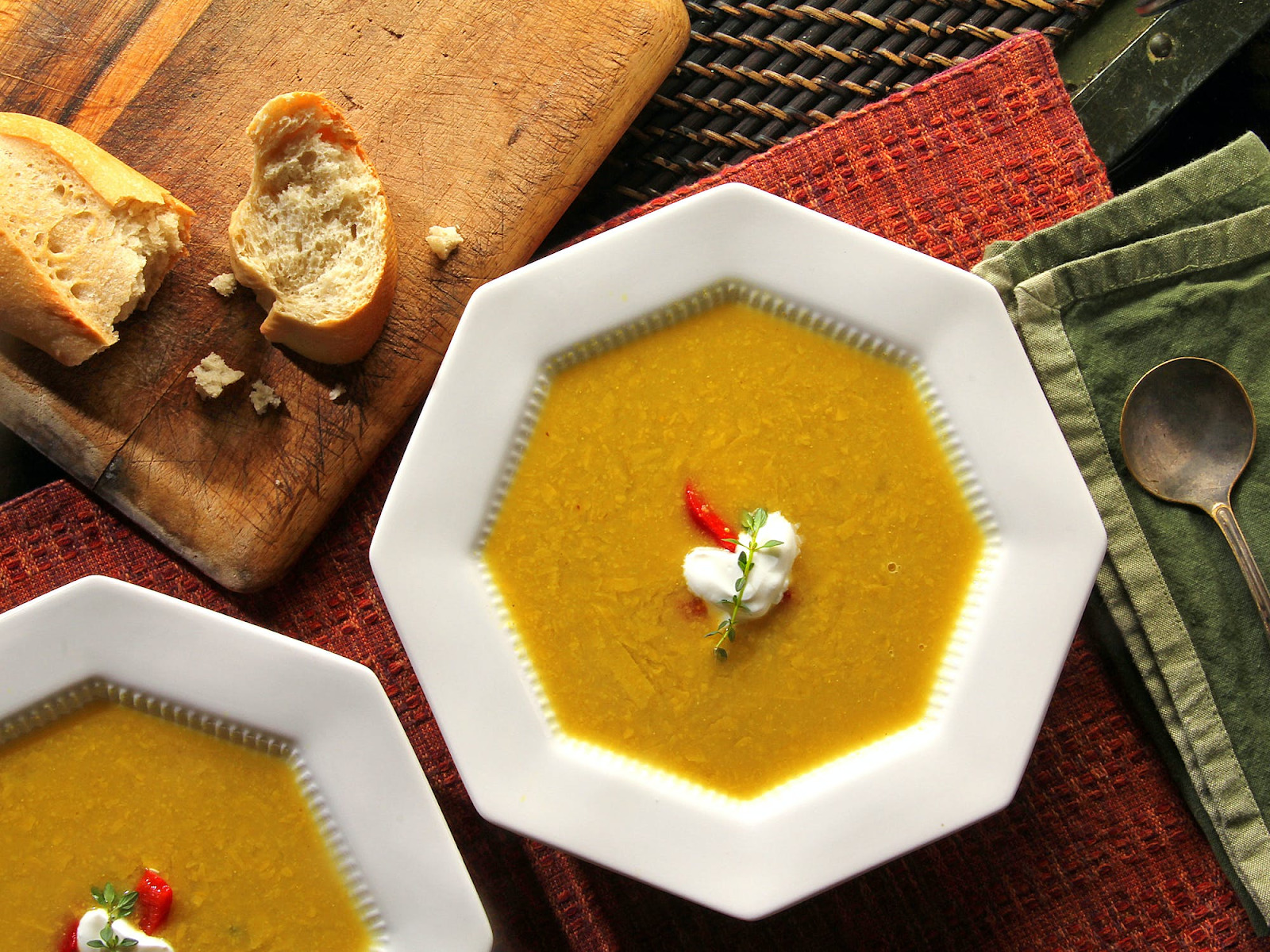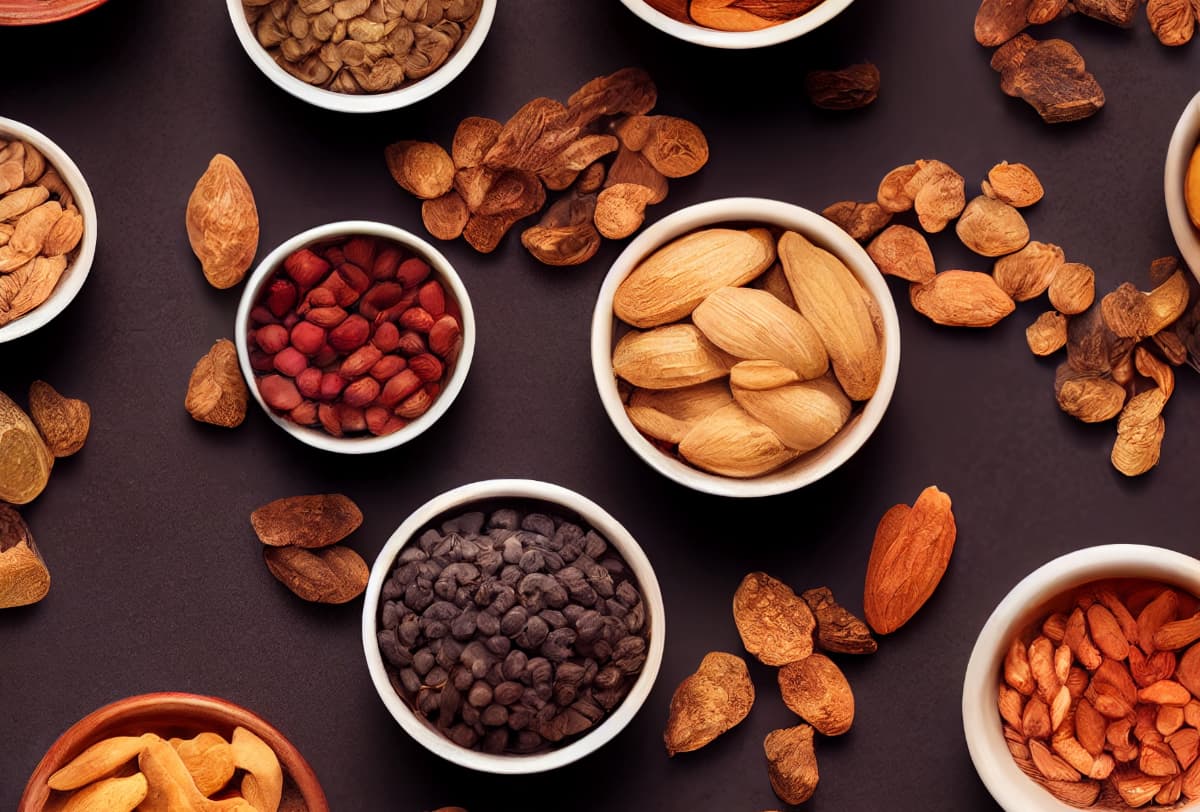
You’ve probably heard plenty about probiotics. But do you know about prebiotic fiber and the foods that contain it? And do you know why it’s so important?
Globally, 84 percent of consumers are aware of probiotics as an ingredient that’s reigned strong as the top choice for gut health. But 57 percent also say they’re aware of prebiotics. Are you confusing prebiotics with probiotics? We’ve got you covered. This post will examine what these fibers are, what different roles they play for your gut health, and how prebiotic-rich foods can help you enjoy a healthy life.
Probiotic versus prebiotic
What you eat determines who you are. Subsequently, we are what we feed the trillions of organisms that live on and within us — mostly in a mutually beneficial relationship.
Do you know our lower digestive tract or colon is home to billions of bacteria, both good and bad? These organisms create a micro-ecosystem called the microbiome — and that’s where the magic happens. Not surprisingly, what you feed your microbiome — probiotics or prebiotics — have the biggest impact on its health. And the healthier it is, the healthier you are!
Probiotics are live yeasts and good bacteria that live in our body. They help rebalance our gut flora and support healthy gastrointestinal and immune function. While probiotics are beneficial bacteria, prebiotics are food for them. Think of it this way: if we don’t feed the good bacteria what they need to grow, they won’t survive!
Prebiotics are special plant fibers that help good bacteria grow in the gut and improve the variety of good gut bugs. They’re essentially carbs the body can’t digest. So, they travel to the colon to feed the good bacteria. These healthy bacteria then produce short-chain fatty acids that nourish the cells of the gut barrier, offering better digestive health, fewer antibiotic-related health problems, and other benefits.
Should you take them together?
Prebiotics and probiotics collectively support the body in building and maintaining a healthy colony of bacteria and other microorganisms, which supports gut health. Together, they help treat many digestive problems, including antibiotics-related diarrhea, irritable bowel syndrome, and inflammatory bowel disease.
Why care about prebiotics
Nutritionists and health experts are going gaga over prebiotics. Does this make you wonder about the health benefits of these dietary fibers? We’ve got all the answers!
Prebiotics stimulate the growth of good bacteria and help balance harmful bacteria and toxins living in the digestive tract. Consuming prebiotics are linked to numerous health implications, including:
- better gut health and improved digestion;
- increased calcium absorption, decreasing risk of osteoporosis;
- cancer prevention;
- lower inflammation and autoimmune reactions;
- enhanced hormonal balance;
- lower risk of cardiovascular disease;
- faster food fermentation so they spend less time in your digestive system, thereby avoiding constipation;
- lower risk for obesity and weight gain;
- improved immune system defense;
- higher production of beneficial metabolites;
- lower allergy risk.
With the antifungal, antioxidant, anti-inflammatory, and antiviral properties of this prebiotic fiber, don’t forget to add them to your diet. Munch on prebiotic foods and change your gut composition and the function of your gut microbiota for the best.

How to consume foods high in prebiotic fiber
Prebiotics are emerging as the darlings of the weight-loss world and are filling up supplement shelves. But perhaps the best way to get them is through naturally available high-fiber foods. Studies suggest eating three to five grams of prebiotics a day can benefit the health of your gut. Start with small amounts so your gut can get used to them. Here’s the rundown for you to grab these foods and boost your gut health.
- Fruits: bananas, berries, apples, grapefruit
- Vegetables: legumes, garlic, leeks, onions, snow peas, green peas, shallots, beans, broccoli
- Whole grains: oats, barley, wheat, rye crackers
- Legumes: chickpeas, lentils, soybeans, red kidney beans
- Nuts: cashews, pistachios
Then there are several products on the market to which manufacturers have added prebiotics — cereals, protein supplements, energy bars, yogurt, and cookies, to name a few. Interestingly, babies get prebiotics through the sugars in breast milk, and some infant formulas also contain prebiotics.
Improve your gut health with prebiotic soups
If you want to up your prebiotic consumption, perhaps the safest way to start is by eating more prebiotic-rich foods. Chances are you’re already including these superfoods in your daily diet, which is great! You don’t necessarily need those pricey prebiotic supplements required.
In case you’re looking for easy ways to prepare prebiotic food recipes, then soups can be your go-to option. In fact, they’re one of the easiest ways to consume more than one prebiotic in a single meal. Whether you’re looking to cleanse, lose weight, or boost your gut health, soups can be a lifesaver. And with colder weather coming, it can be a delicious way to warm you up.
One bowl of soup a day is all it takes to improve your gut metabolism and reduce those extra pounds. These healthy detox soups would support your body’s microbiome in an effective (and undeniably delicious) way.
To begin with, you can try some of our detox soup recommendations. Go for warm and comforting black bean soup that will brighten your mood on a crisp fall evening. Or cozy up with someone you love and enjoy delicious pumpkin soup. You can also double down on the prebiotic benefits by topping these soups with a seasoned seed blend for an added crunch.
Get the Chef V package with prebiotic detox soups
According to IFIC’s latest released survey on Consumer Insights, 29 percent of Americans are familiar with prebiotics but do not try to consume them.
Who has time to prepare healthy prebiotic-rich recipes? If you’re working the whole day and don’t prefer to make ahead and freeze these healthy options, we’ve heard that call and answered it with our Chef V cleanse package. You can build and customize the plan as per your needs.
With our Organic Juice Cleanse diet, you’ll get warm and flavorful Chef V detox soup packed with local, organic ingredients that flush your vital organs and leaves you satisfied. And that’s not all! We’ll also provide you with green juices and protein shakes for an easy and revitalizing cleanse. And what could be more convenient than having them delivered fresh right to your door? Get in touch today to learn more.